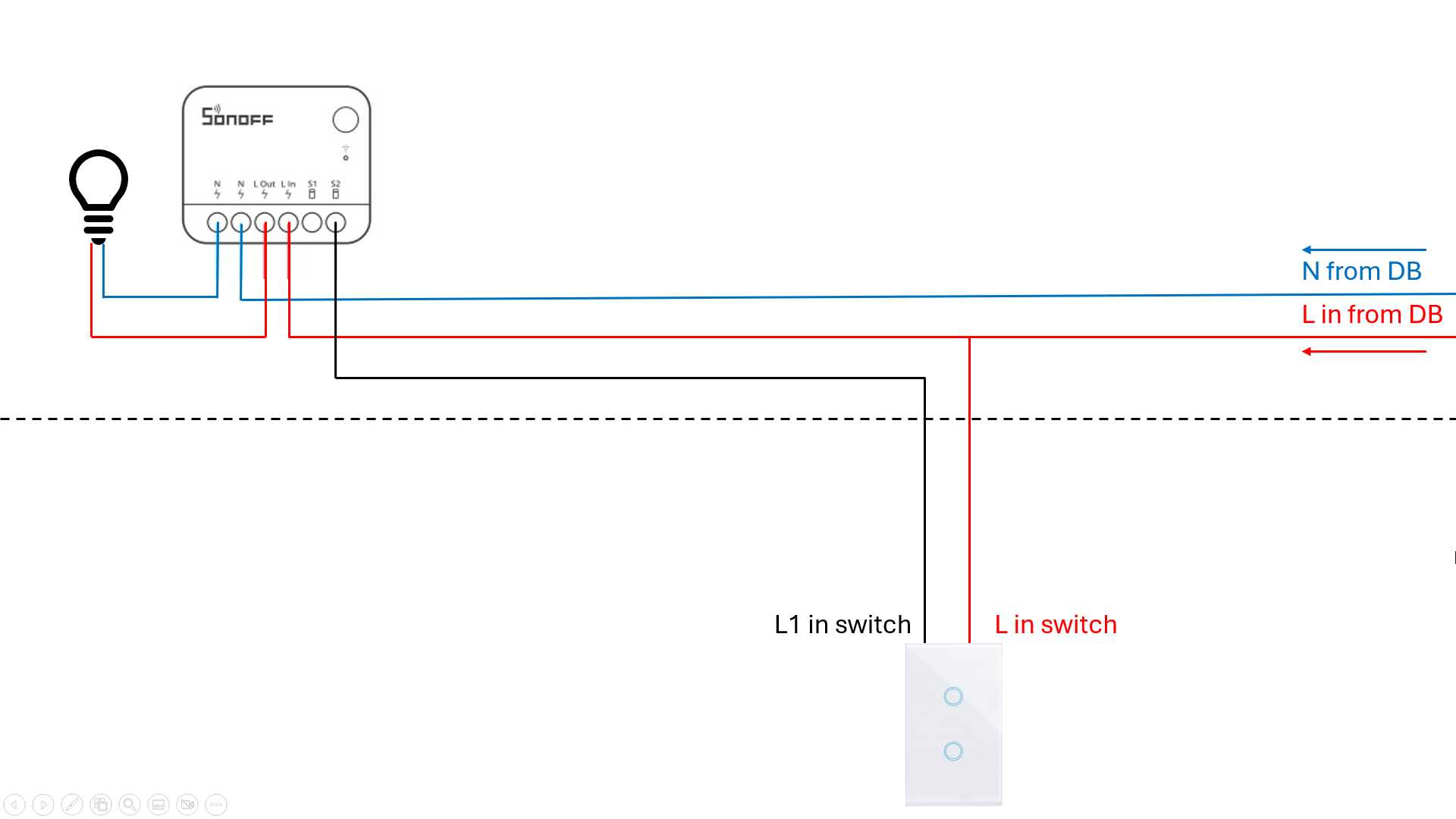Connected Home Over IP. (CHIP)
-
Yet another attempt to create the one standard to rule them all. "The ring of power".
I am very skeptical about this. I don't feel it is needed and I think it will only add to the confusion but I am probably not a typical consumer. Thoughts? It seems to want to do the same thing as what a lot of us have already achieved through open source but commercializing it. It's not so different from Apple's HomeKit.
-
Yet another attempt to create the one standard to rule them all. "The ring of power".
I am very skeptical about this. I don't feel it is needed and I think it will only add to the confusion but I am probably not a typical consumer. Thoughts? It seems to want to do the same thing as what a lot of us have already achieved through open source but commercializing it. It's not so different from Apple's HomeKit.
-
If I understand this right, they are not replacing the radios, but the communication protocol? if so, one can still have the advantages wrt. battery consumption from i.e zigbee, and it may even reduce cost on z-wave units - not having to use the proprietary z-wave chip? if so, i can't see the downside, as they claim to now wanting to replace the existing, but to simplify use of them.
It's still just a concept, so in any case it'll be a few years until something materializes..
-
With this many captains on the ship; I'll guess it will mature in a pace much like 5G, 5-10 years. As with all these things, including zwave, it all works like a charm if all you buy is from the same vendor. But anything to make it simpler to integrate and pair a device to your setup is welcome I suppose.
-
I can see the potential value of it but indeed it sounds a lot like HomeKit trying to create an IP protocol to get all the others to play together. Probably a little better standardized than MQTT (in terms of messages and topics) to make it more user friendly. I have had no problems mixing and matching brands on z-wave with a handful of exceptions: a couple of brands trying to go a little too exotic on their z-wave implementations. It isn't so clear also whether this will be purely local or cloud based. As of today, my single largest source of reliability issues come from the cloud... Some of the amazon echos occasionally going out of whack and it's a recent problem.




